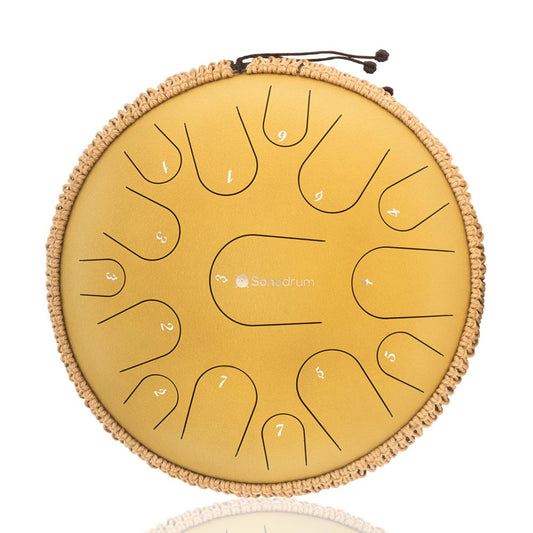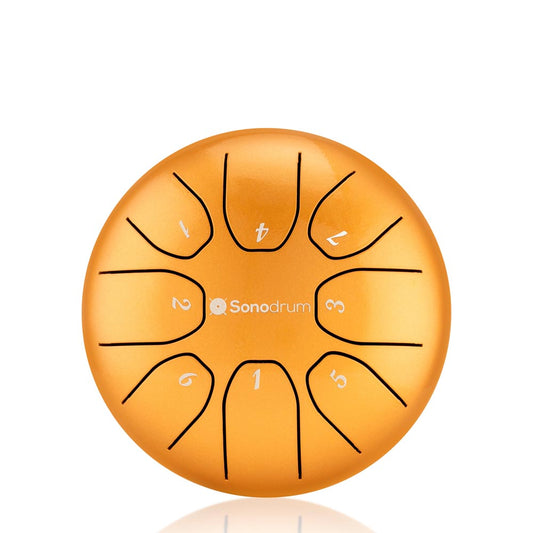In recent years, tongue drums have gained recognition for their therapeutic potential in various rehabilitation settings, including hospitals, rehabilitation centers, and special needs schools. Their soothing tones and rhythmic vibrations have been found to have a profound impact on physical, emotional, and cognitive well-being. In this article, we'll explore the therapeutic applications of tongue drums through case studies and success stories, shedding light on their role in promoting healing and rehabilitation.
Case Study 1:
Rehabilitation Centers At rehabilitation centers, tongue drums are used as part of music therapy programs to aid in the recovery of individuals recovering from injuries, surgeries, or neurological conditions. In one case study, a stroke survivor underwent music therapy sessions that incorporated playing the tongue drum. Over time, the rhythmic movements involved in playing the instrument helped improve the individual's motor skills, coordination, and overall mobility. Additionally, the soothing sounds of the tongue drum provided a sense of relaxation and stress relief, contributing to the individual's emotional well-being during the rehabilitation process.
Case Study 2:
Hospitals In hospital settings, tongue drums are utilized to provide comfort and distraction for patients undergoing medical treatments or procedures. A case study conducted in a pediatric hospital demonstrated the effectiveness of tongue drum music in reducing anxiety and pain levels among pediatric patients undergoing chemotherapy. The calming vibrations of the tongue drum helped alleviate feelings of fear and discomfort, allowing patients to relax and cope more effectively with their treatment experiences.
Case Study 3:
Special Needs Schools In special needs schools, tongue drums are integrated into educational and therapeutic activities to support the development of children with diverse learning needs. In one success story, a child with autism spectrum disorder (ASD) participated in music therapy sessions that incorporated playing the tongue drum. The rhythmic and repetitive nature of playing the instrument provided a sensory-rich experience that helped the child regulate their emotions, improve focus and attention, and enhance social interaction skills.
Success Stories:
Beyond case studies, numerous success stories highlight the transformative effects of tongue drum therapy in rehabilitation settings. Patients recovering from traumatic brain injuries report improvements in cognitive function and memory retention after engaging in music therapy sessions with the tongue drum. Similarly, individuals with mental health conditions, such as depression or PTSD, attest to the therapeutic benefits of playing the instrument, describing it as a source of comfort, self-expression, and emotional release.
Conclusion:
The therapeutic applications of tongue drums in rehabilitation settings offer a holistic approach to healing and recovery, addressing the physical, emotional, and cognitive needs of individuals undergoing rehabilitation. Through case studies and success stories, we have seen how the rhythmic vibrations and soothing tones of the tongue drum can promote relaxation, pain relief, emotional well-being, and social engagement. As the field of music therapy continues to evolve, the tongue drum remains a valuable tool for therapists and healthcare professionals seeking to enhance the quality of life and well-being of their patients.




